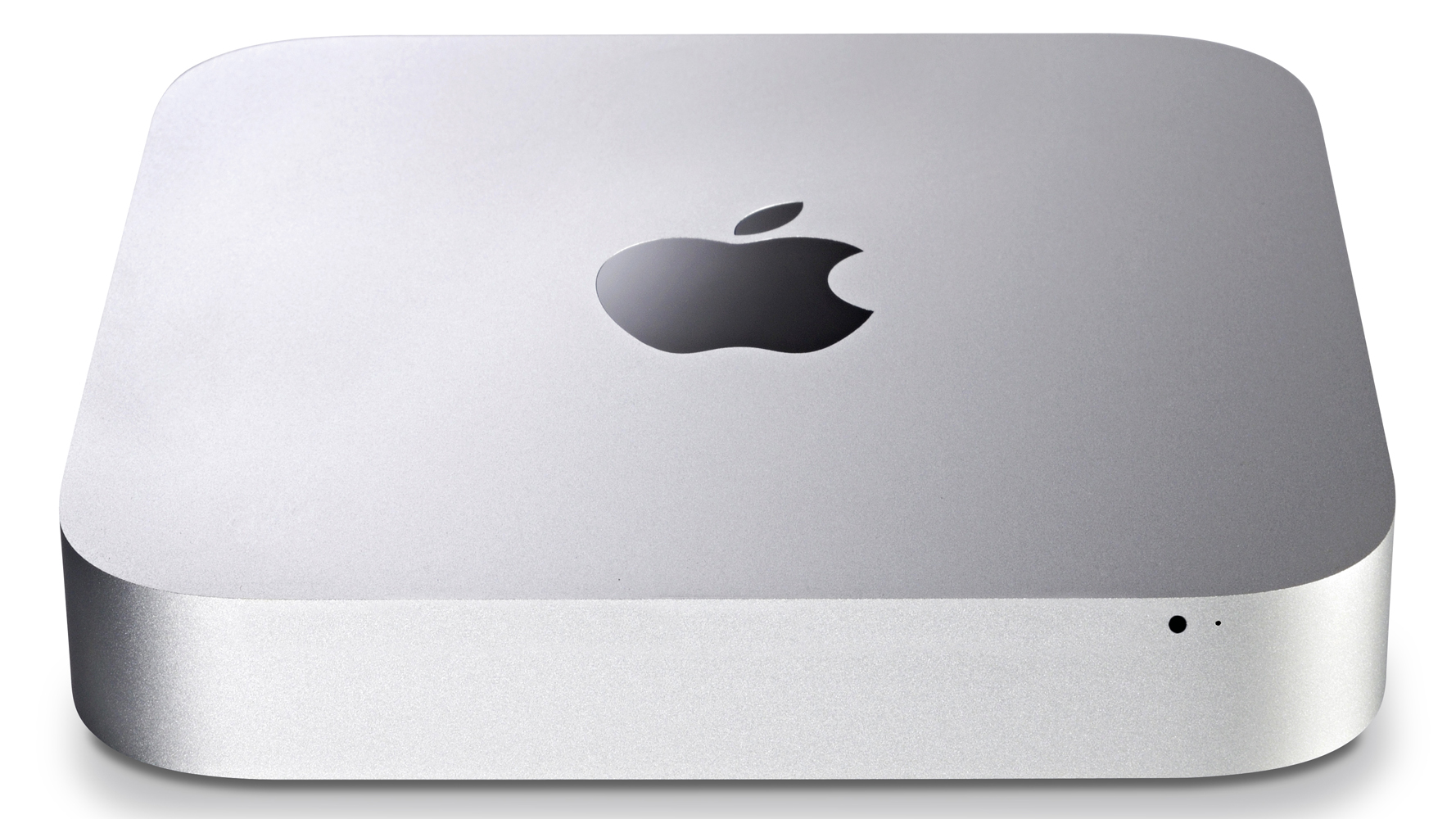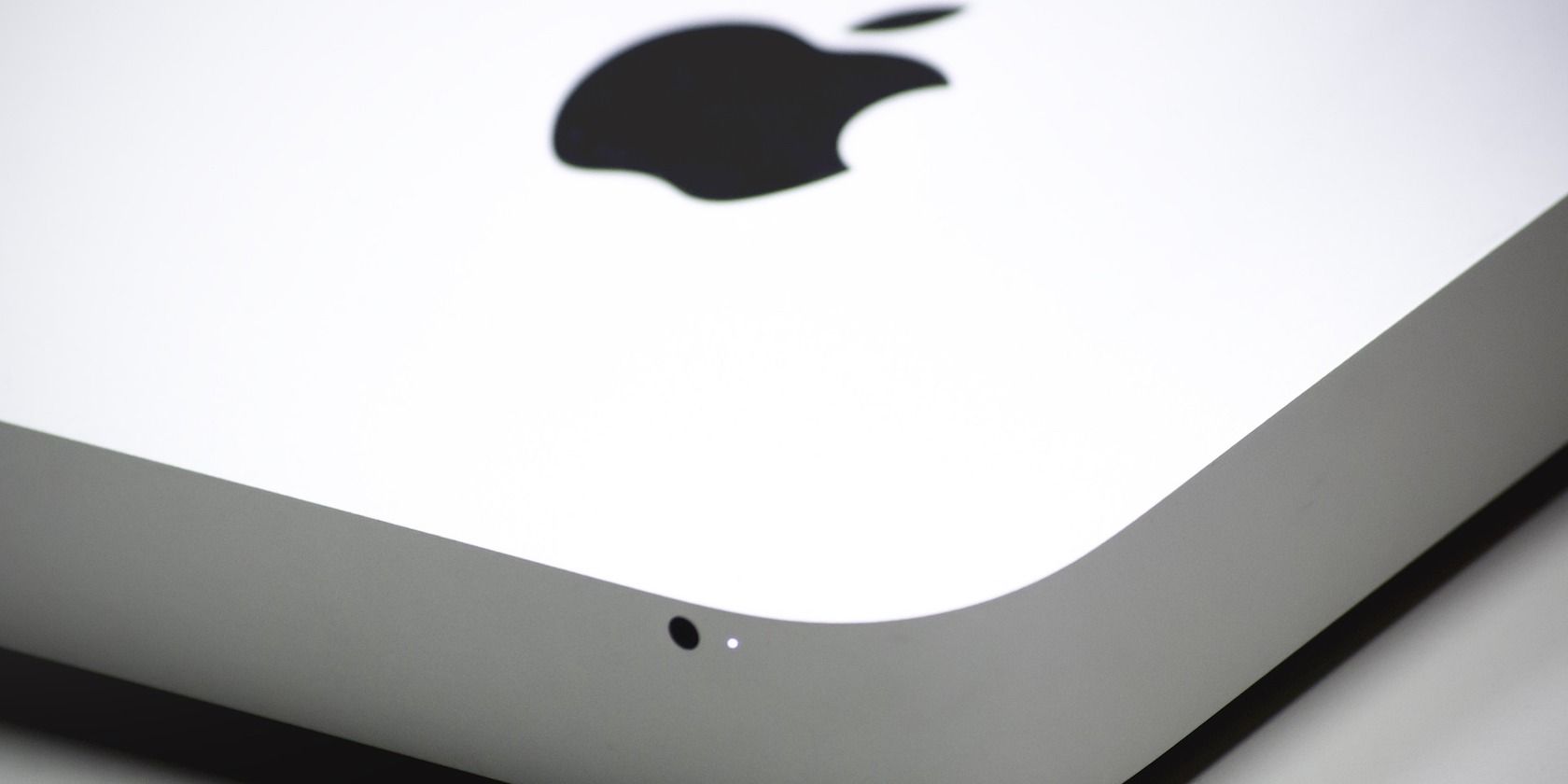
Plex mac mini 2012 install#
On your mini you install both the Plex Media Server and Plex Media Center apps. I find Plex to be much easier to set up than XBMC, but where I think Plex really shines is in how easy it is to share your mini's media with other devices. Use Plex as your remote-control-friendly home theatre hub. That's what I did with a similar Mini.I would recommend the following setup (which is what I currently use): Plex
Plex mac mini 2012 tv#
Then use the Mini, hooked up to your TV, for Netflix, Amazion Video, Hulu, Plex, Airplay, or whatever you want as they make lovely TV media players and give you a readily accessible Mac in your living room. Unless you need your NAS to do a lot more than just serve files over a network (transcoding video, running a bittorrent client and a bunch of other things all at once) stick with the NAS as they are simple, reliable appliances designed to serve files, quickly and with minimal fuss and upkeep. There is a reason that Linux (and other Unix variants) are the most popular OS for servers, they perform better. Meaning that while it could do what you are asking it is not optimized for that function. Whereas the Mac is designed to be a general purpose home computer. The Atom CPU in the NAS is running an OS optimized for use managing large amounts of storage and serving them over the network. You are comparing apples and oranges here. You wrote that, ".im concered at the unit being underpowered with an Atom CPU" Yet you then ask if using a seven year old Mac with a large RAID array attached to it instead. While a lot of NAS devices also offer other features (I have a QNAS device that acts as a Plex server, a Time Machine Server and as a Dropbox host) they are still basically intended as a simple file server. To the contrary, running macOS (an OS more oriented to the desktop rather than a server) just adds way too many layers of complexity to your storage equation.Ī NAS is precisely designed for one specific thing and that is to manage and serve files over a network connection. I would go with the NAS as it's much more cost effective, feature rich, and flexible. Additionally, macOS also lacks critical support for things like iSCSI making it a poor choice for a storage server. So, (IMO) DAS really isn't a cost effective solution in the long run which, ultimately means the Mac mini isn't a great file server to begin with. Promise makes the Pegasus 3 Thunderbolt RAID enclosures that can hold up to 8 drives but they're horribly expensive.
Plex mac mini 2012 free#
As long as you have free USB 3 ports, you can add another unit. Can you expand them? Sure, by purchasing another enclosure. The biggest USB 3 Direct Attached Storage device I've seen was a 5 bay unit made by Drobo (I won't have those anywhere near my data centers because of their reliability issues). 2.5ghz.is there a way I could attach a large external drive array with RAID via USB 3 and run the Mac mini in Server mode to accomplish what i want to do without buying a Synology NAS ?Ī "large" enclosure? No. The hard drive in side of it is too small for the tasks above, but is there a way I could attach a large external drive array with RAID via USB 3 and run the Mac mini in Server mode to accomplish what I want to do without buying a Synology NAS? 2.5ghz which is a decommissioned work machine. I see there is no option for a Intel Core CPU, and I'm concerned at the unit being under powered with an Atom CPU. Or quite expensive but using an Intel Xeon CPU. I've been looking at some Synology NAS models, which can do the above, but they seem to either be reasonably priced but using an Intel Atom CPU.

Possibly work directly on files on the NAS with at max 10 people working at any one time.Īdditionally, I would also like RAID options for redundancy.

Store archived project files (live project files would still be kept in Dropbox).Have cloud files like Google drive and Dropbox.

I'm looking at getting a NAS to store about 12 TB of data (but would like expansion options in future).


 0 kommentar(er)
0 kommentar(er)
